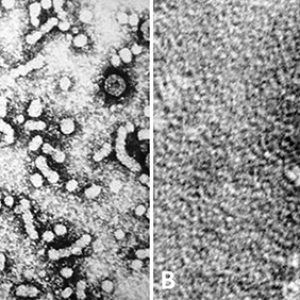 Hepatitis B and C
Hepatitis B and C
Entry Category: Science and Medicine
 Hepatitis B and C
Hepatitis B and C
 Hernando de Soto Bridge
Hernando de Soto Bridge
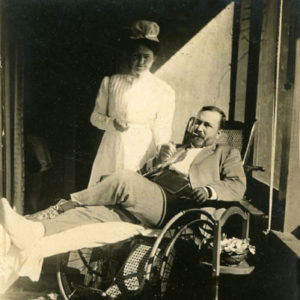 Elisabeth Herndon
Elisabeth Herndon
Herndon, Elisabeth Chapline
 Herpes
Herpes
Herrings
aka: Clupeids
Hildreth, James Earl King
Hodges, Thomas L.
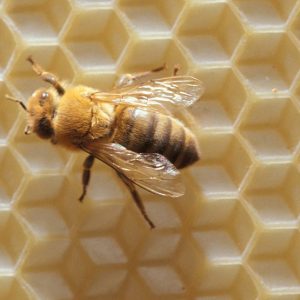 Honeybee, Official State Insect
Honeybee, Official State Insect
Hookworm Eradication
 Hookworm Eradication Article
Hookworm Eradication Article
 Hookworm Incidence Article
Hookworm Incidence Article
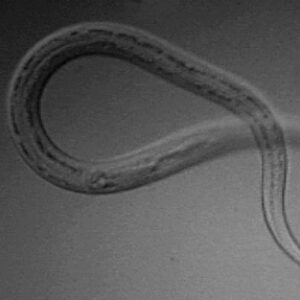 Hookworm Larva
Hookworm Larva
 Hookworm Life Cycle
Hookworm Life Cycle
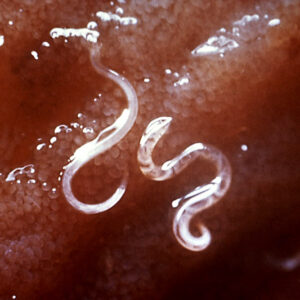 Hookworms in the Intestine
Hookworms in the Intestine
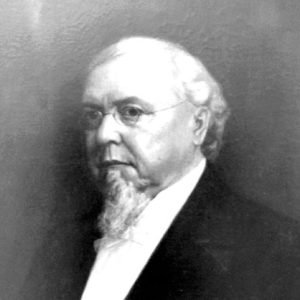 Philo Hooper
Philo Hooper
Hooper, Philo Oliver
Hoover, Dorothy M.
aka: Dorothy Estheryne McFadden Clarke Hoover
 Dorothy M. Hoover
Dorothy M. Hoover
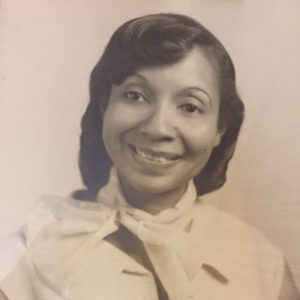 Dorothy M. Hoover
Dorothy M. Hoover
Hospital Unit T
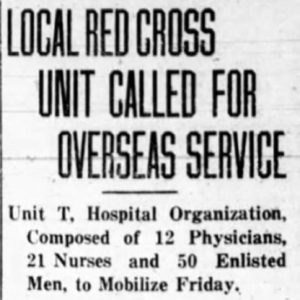 Hospital Unit T Article
Hospital Unit T Article
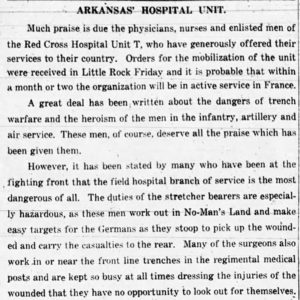 Hospital Unit T Paean
Hospital Unit T Paean
Hospitals (Civil War)
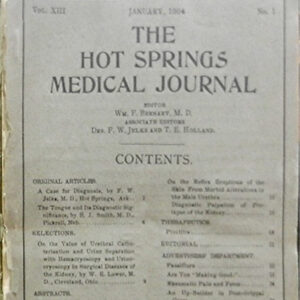 Hot Springs Medical Journal
Hot Springs Medical Journal
Hot Springs Medical Journal
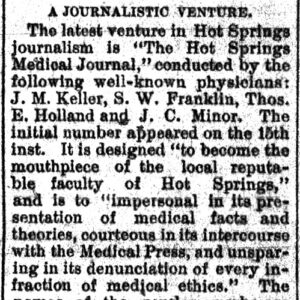 Hot Springs Medical Journal Story
Hot Springs Medical Journal Story
Hot Springs Smallpox Outbreak of 1895
 House Finch
House Finch
Houser, Napoleon Bonaparte
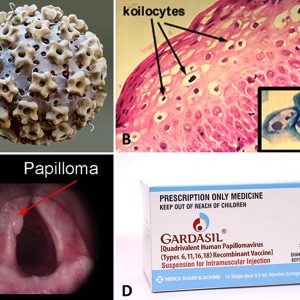 HPV
HPV
 Huckabee and Nutt
Huckabee and Nutt
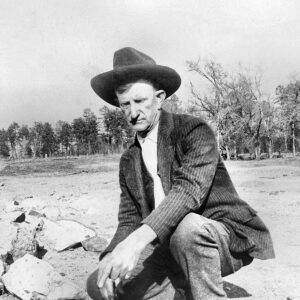 John W. Huddleston
John W. Huddleston
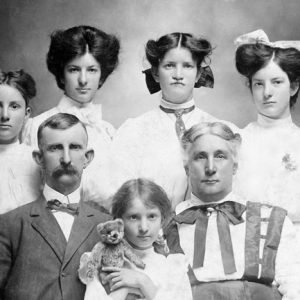 John Huddleston with Family
John Huddleston with Family
Huddleston, John Wesley
Human Development Centers
Human Dissection Monument
Hunter, Carl Glenn
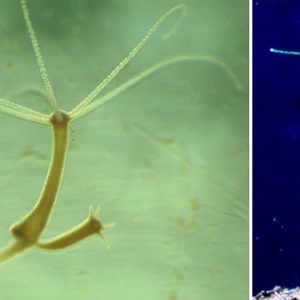 Hydra
Hydra
Hydroelectricity
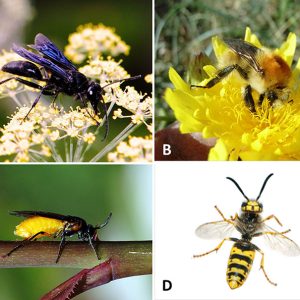 Hymenoptera
Hymenoptera
Hymenoptera
aka: Ants
aka: Bees
aka: Wasps
Ictaluridae
aka: Catfishes
aka: Bullheads
aka: Madtoms
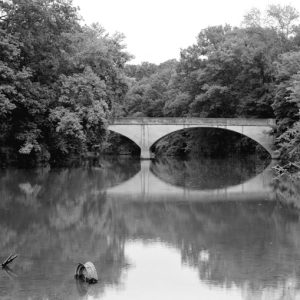 Illinois River Bridge
Illinois River Bridge
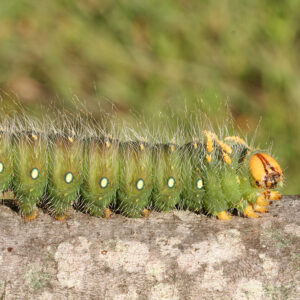 Imperial Moth Larva
Imperial Moth Larva
Information Galore
aka: Infogo
Insects
Instructional Microcomputer Project for Arkansas Classrooms (IMPAC)
 IMPAC Senate Citation
IMPAC Senate Citation
 IMPAC Logo
IMPAC Logo




